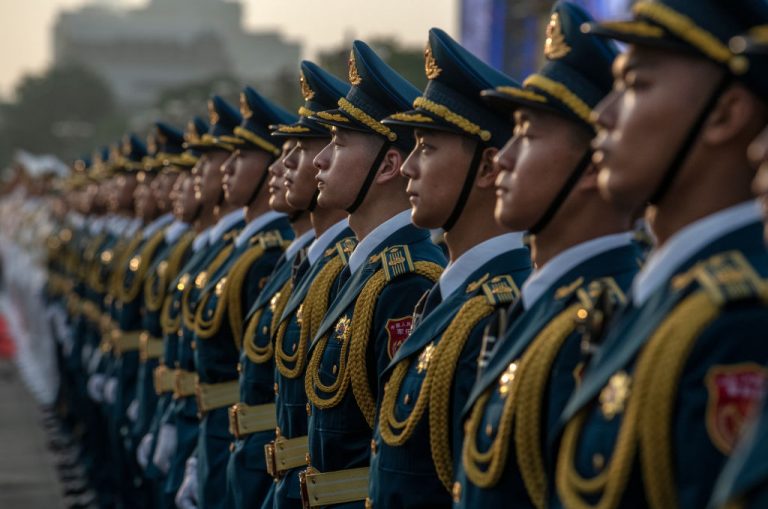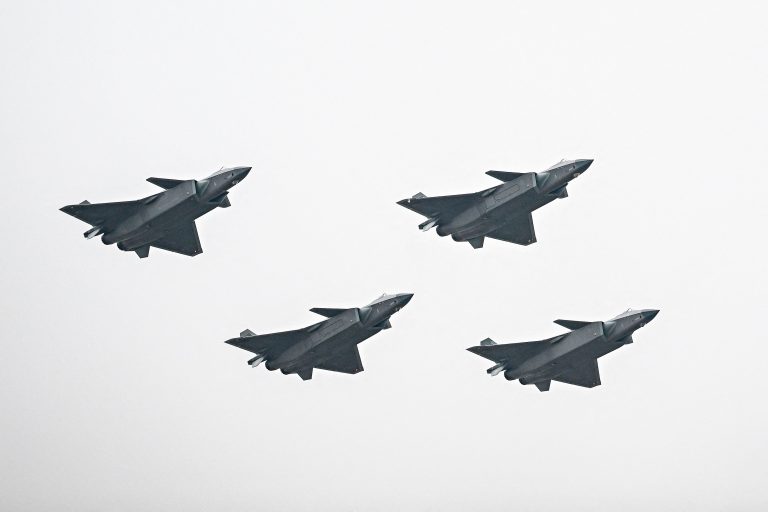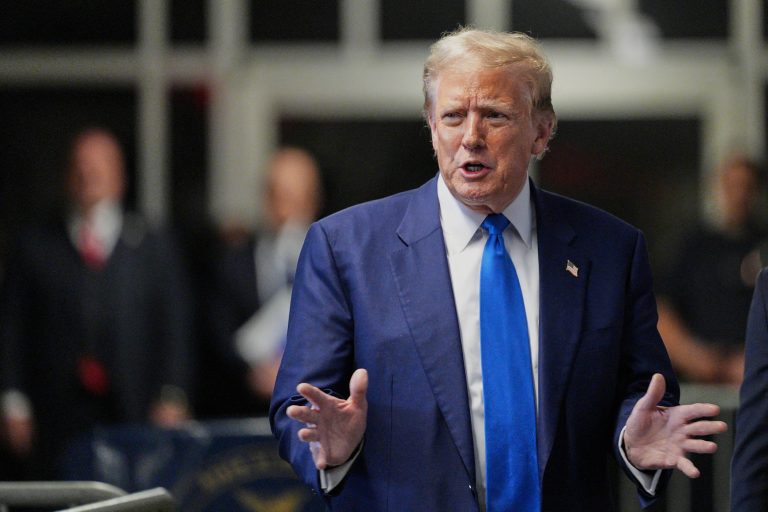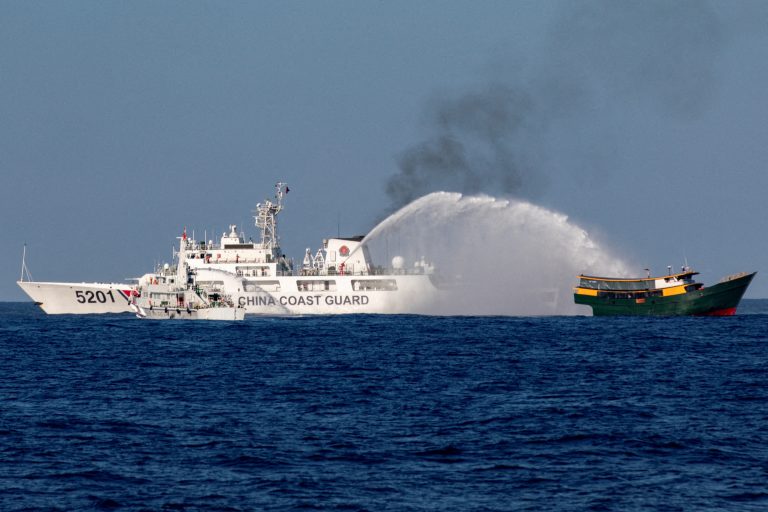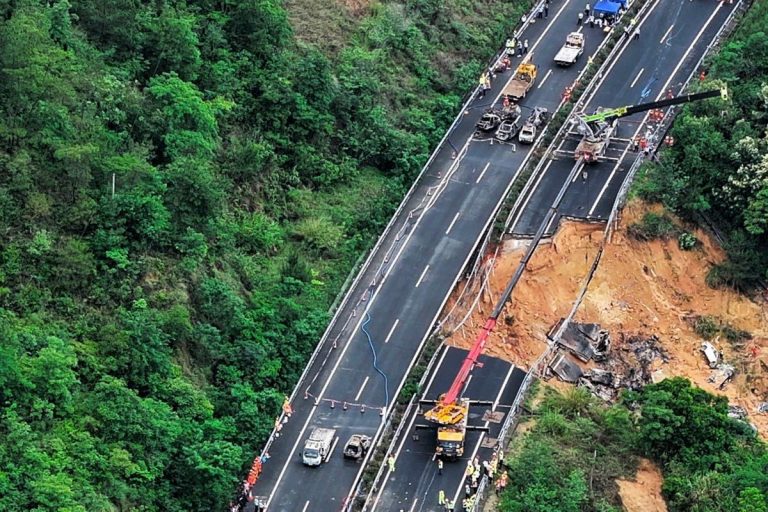The Chinese government has begun a new effort to expand its military forces. According to state-media reports, the People’s Liberation Army (PLA) has been “optimizing” its personnel structure by deploying more troops and slashing approximately 300,000 positions from its non-combat staff.
That’s on top of hundreds of thousands of troops previously let go under Chinese leader Xi Jinping’s overhaul of the PLA in late 2015 and 2016.
According to military commentator Zhong Xin, resources from the cut positions were added to military intelligence and personnel. Although Zhong did not disclose details surrounding the restructuring, an undisclosed source told South China Morning Post that significant resources had been allocated to frontline roles in hopes of encouraging more young professionals to join the PLA.
The source, who chose to remain anonymous, said that the units gaining the most resources included: air, rocket and strategic supporting forces.
“The PLA airborne troop units were upgraded from division-level to brigades, while the number of pilots was also increased to support more new-generation fighter jets like the J-20s, J-16s, J-10Cs,” the source said.
Success
You are now signed up for our newsletter
Success
Check your email to complete sign up
SCMP also reported that the PLA planned to expand its marine corps from 20,000 soldiers to 100,000, while increasing the number of brigades from two to 10. Select troops would be stationed at international ports operated by China, such as Djibouti in Africa and Gwadar in southwest Pakistan.
A world-class military on par with the United States
The Chinese military has consistently been one of the world’s largest. In the 1950s it had more than 6 million staff, a number reduced by more than half by the time Xi took over in 2012. The leader pushed through a series of reforms starting in 2015 that completely restructured the PLA, a movement accompanied by his purge of corrupt and disloyal officers. Xi has a stated goal of transforming the PLA into a modern fighting force by 2027 and achieving a world-class military on par with the U.S. by 2050.
But Zhong, the military affairs commentator, says a lot more work has to be done in order to achieve the PLA’s ambitions of revamping its current military structure.
“The military’s command system is not systematic, the army’s structure is not sound enough, and the policy system lags, seriously limiting the PLA’s defensive operations,” Zhong wrote. “If these problems are not resolved, plans to build a world-class modern military are just empty talk.”
In an analysis published by the People’s Publishing House earlier this month, Liu Yantong, another military commentator, stressed that it was high time the Chinese government placed much heavier emphasis on strengthening its military forces.
“Right now, we are facing the threat of war. The army needs to be urgently aware that a war may happen overnight … We should be fully prepared and combat ready at all times,” Liu wrote, adding that China is facing increased security risks as it experiences growing technological, economical and political pressure from other countries.
U.S. and other countries on high alert
Earlier on Nov. 30, U.S. Naval columnist H.I. Sutton posted a satellite image reportedly showing a nuclear-powered Chinese submarine illegally crossing into the Taiwan strait on Nov. 29.
Military experts said it was unusual for a ballistic missile submarine to surface, especially an advanced PLA Navy vessel like the one that was spotted on Monday. The Jin-class submarines carry JL-2 ballistic missiles with a range of approximately 7,000 km (4,350 miles) — alluding to the possibility that these missiles would be able to reach the northern shore of the United States — placing Washington on high alert.
This isn’t the first time alarms have been raised in regards to the Chinese government’s patrolling activities. Taiwanese forces have continuously spotted PLA military planes and submarines illegally entering its borders.
In early October, the PLA sent a record number of warplanes into Taiwan’s air defense identification zone (ADIZ).
According to the ROC (Taiwan)’s foreign ministry, the aircraft included 28 J-16 fighters, four SU-30 fighters, four H-6 bombers, an early warning aircraft, and an anti-submarine war plane.
Similarly, in 2019, Russian military planes entering South Korea’s airspace were met with hundreds of warning shots from South Korean warplanes during a joint patrol with China.
READ MORE:
Taiwan’s Battle to Remain Free
Beijing Sends Record Number of Fighter Jets Into Taiwan’s ADIZ
China & Russia deepen ties amid growing international pressure
As more diplomatic heat is applied on the world’s two largest authoritarian regimes, China and Russia are reportedly edging closer to creating a de-facto military alliance in hopes of countering potential attacks from other countries.
According to Russia’s defense ministry, a video call between Russian Defense Minister Sergei Shoigu and Chinese Defense General Wei Fenghe culminated in the agreement to expand strategic exercises and joint-patrols across the Asia Pacific region, focusing on the Sea of Japan and the East China Sea.
Shoigu added that there had been “significant intensification” in activities by U.S. strategic bombers near Russia’s borders. “Over the past month, about 30 sorties have been made to the borders of the Russian Federation, which is 2.5 times more than in the corresponding period last year,” the minister said.



